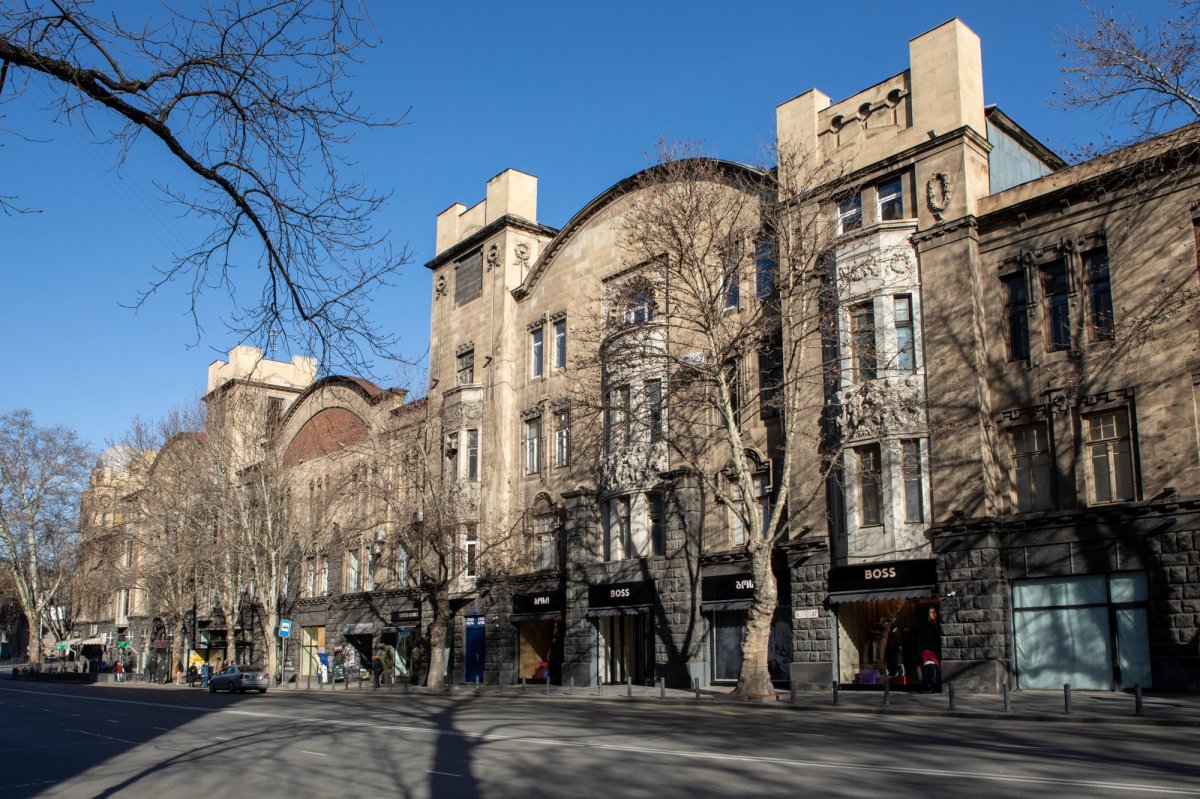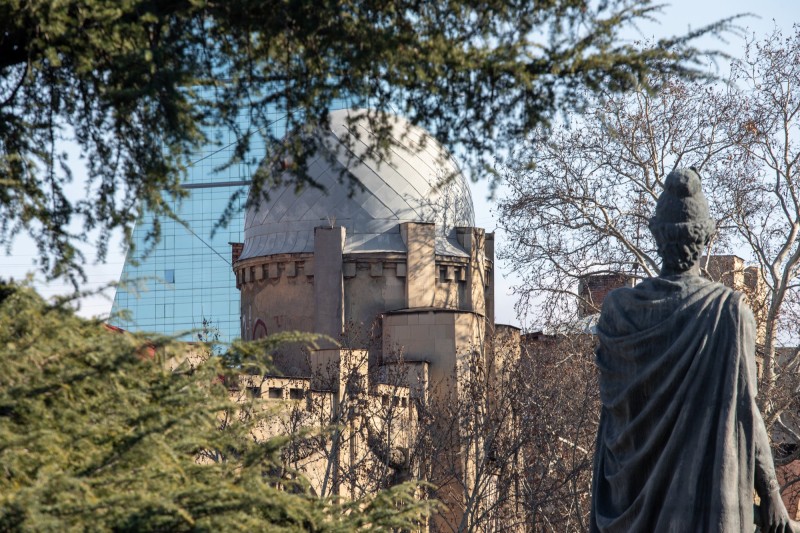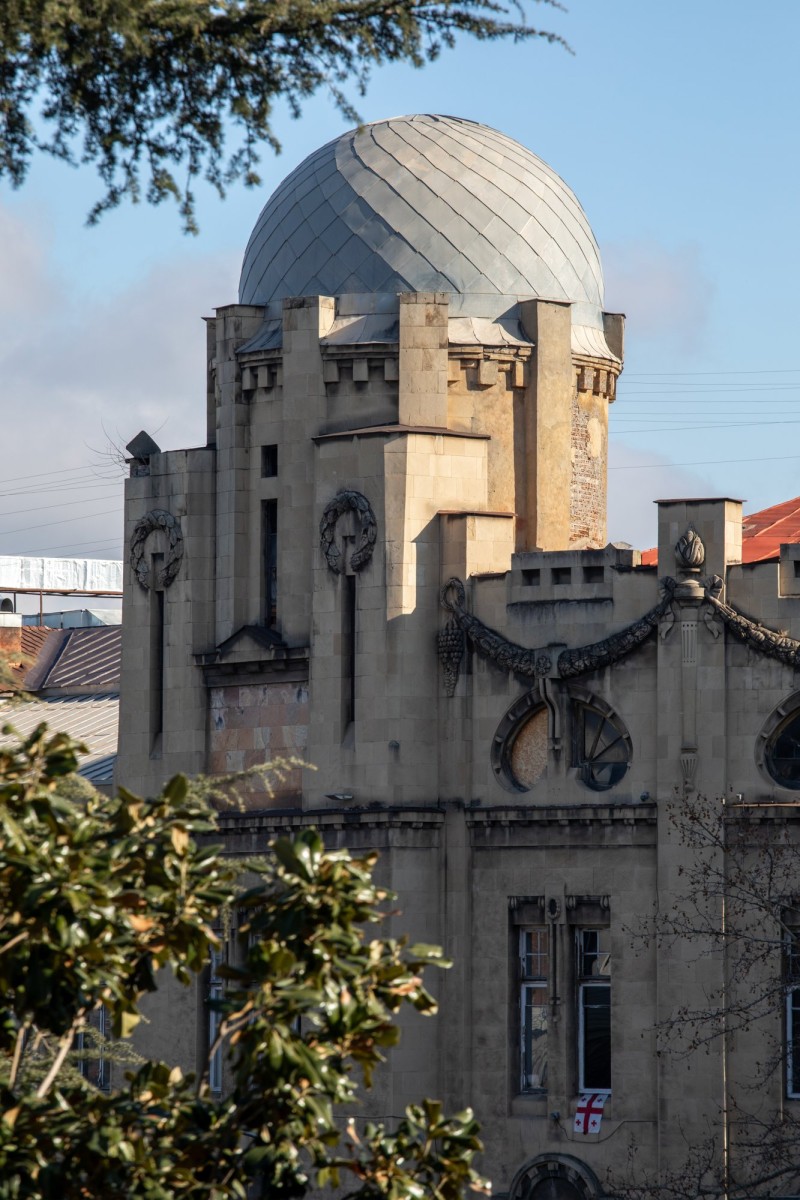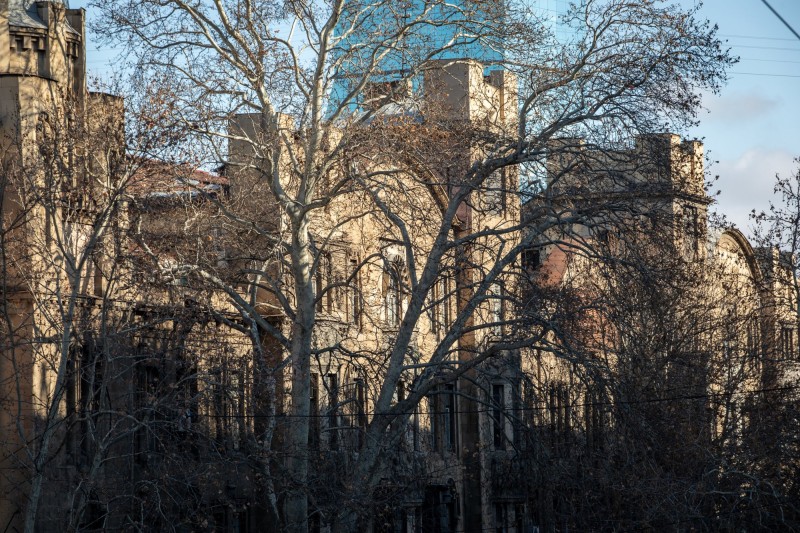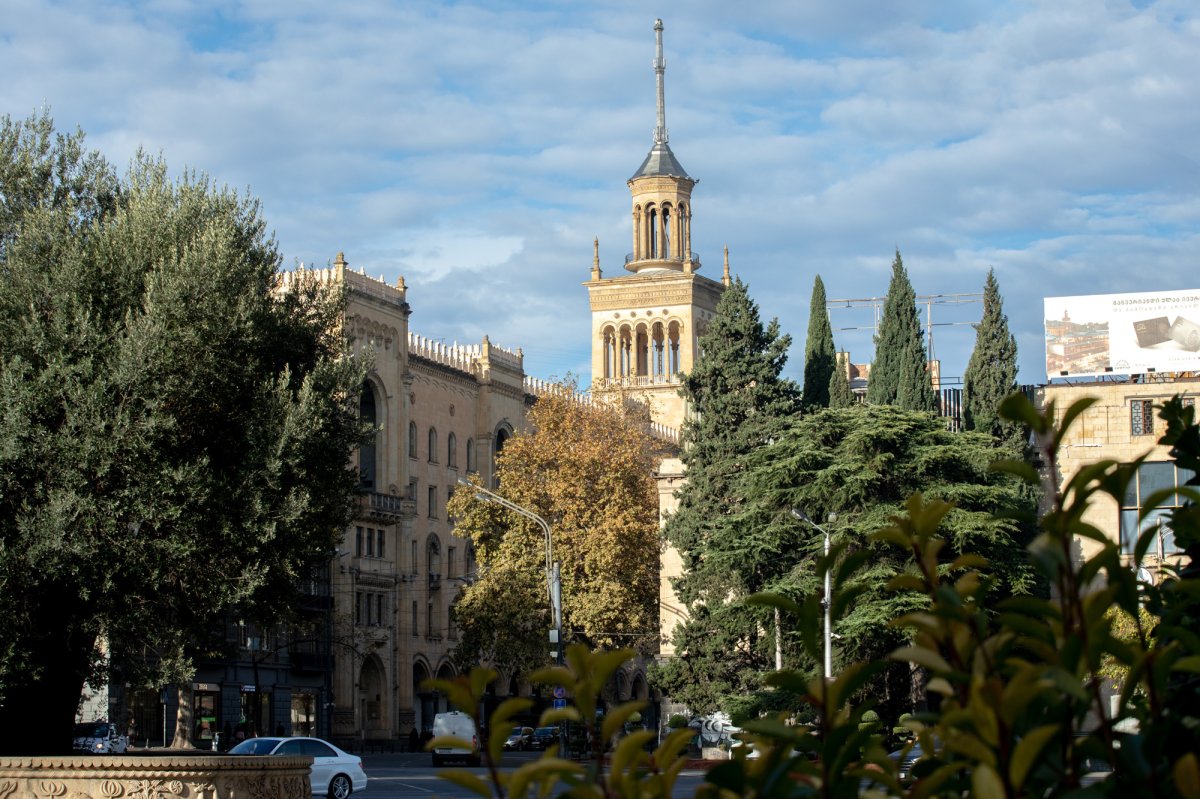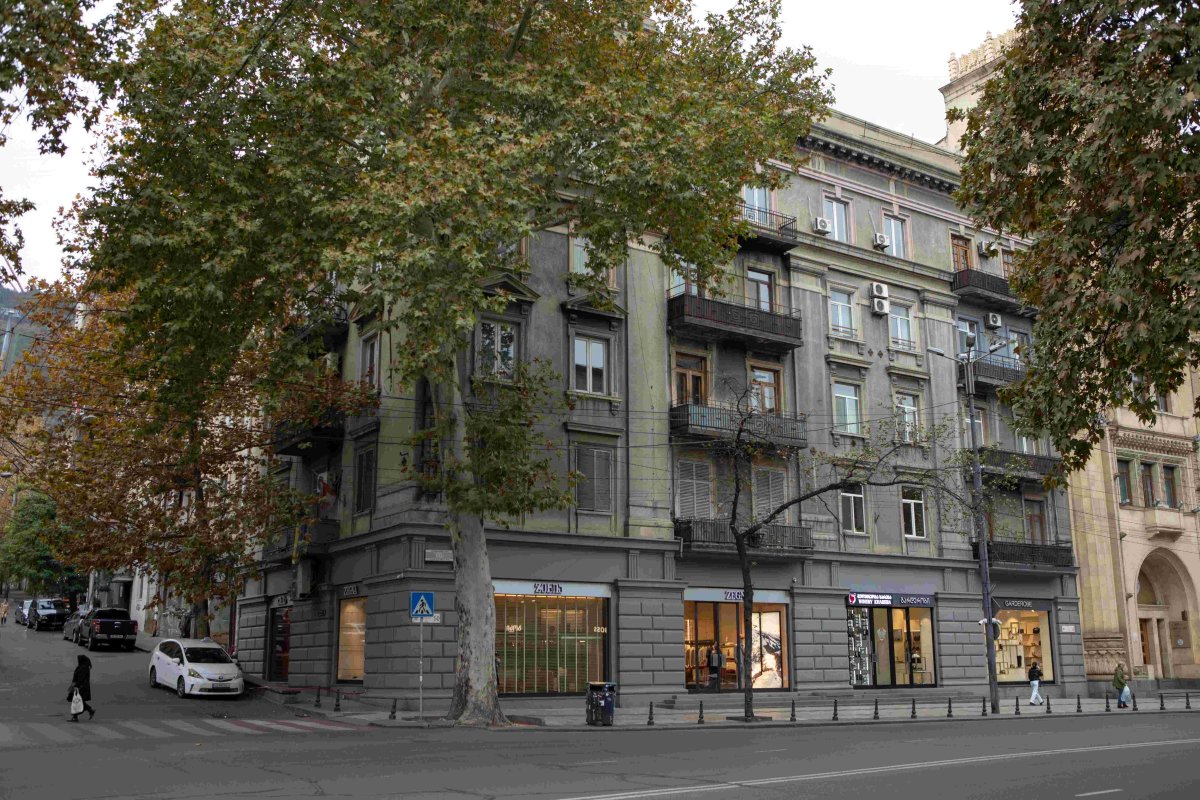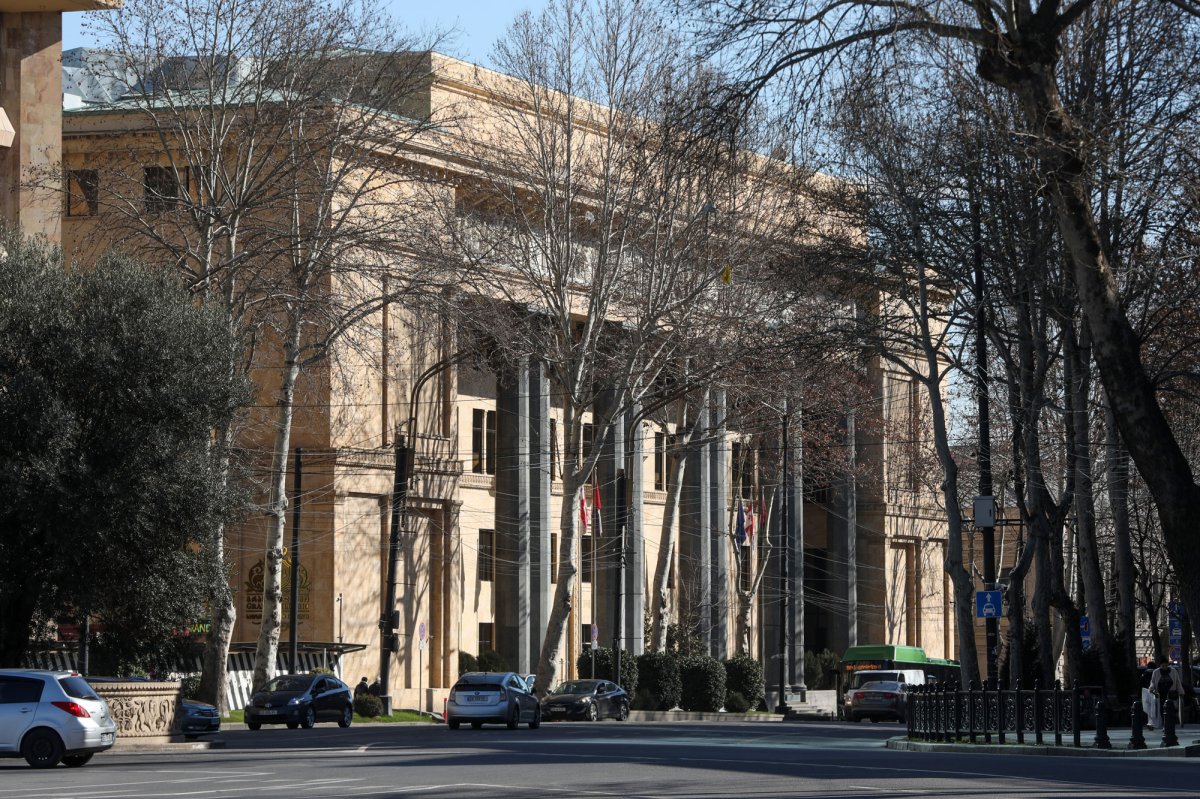
Information in details
Melik Azariants house is considered a landmark of the city and is the largest building of Tbilisi modern "Art Nouveau". It was built in 1913-1915 according to the project of Nikolai Obolonsky. Public figure, philanthropist, 1st guild merchant, Armenian by origin, Alexander Melik Azariants, was born in Tbilisi in 1847. The Melik-Azariantss were nobles, "Melik" itself was considered a kind of title. Azariants inherited a considerable property. He received his education in St. Petersburg. Geologist by profession, he was the winner of many awards and prizes. It was the largest income house in Tbilisi, a kind of complex, which was divided into 6 entrances. The building was equipped with constant electricity, water supply, kitchen and bathroom facilities that represented a kind of luxury, its own telephone exchange, kindergarten, photo booth, art gallery, cinema, fountain, garden with plants and other equipment. In addition, the building was characterized by a special architectural and artistic form, the building was decorated with unique bas-reliefs and decorative moldings. Entrance hall painting and interior decoration, made a great impression on the visitors. The artistic-architectural appearance of the building is based on the textural contrast characteristic of the modern "Art Nouveau" style. The architectural-artistic composition of the main facade of the building is based on asymmetry, the interrelationship of elements of unequal size and shape, the contrast of colors and textures of different facing materials, and despite the variously and abundantly decorated wall surfaces, as a whole, a balanced, harmonious grandeur of the facade is created. The building organically adapts to the terrain, and not only the main facades of the building, but even small details are thought out with the same care. The fate of the owner of the building turned out to be very tragic. After Sovietization, the building was confiscated, his family moved to France. Melik Azariants himself died in extreme poverty, under the stairs, in the guard booth at the entrance of the house he had built according to his idea.


 თბილისი, Shota Rustaveli Ave N37
თბილისი, Shota Rustaveli Ave N37
 41.7037723, 44.7908032
41.7037723, 44.7908032

